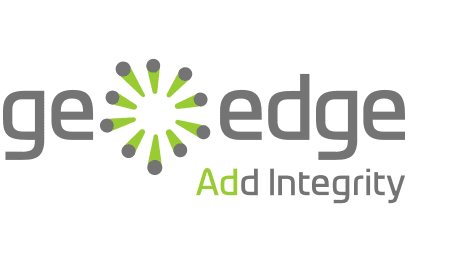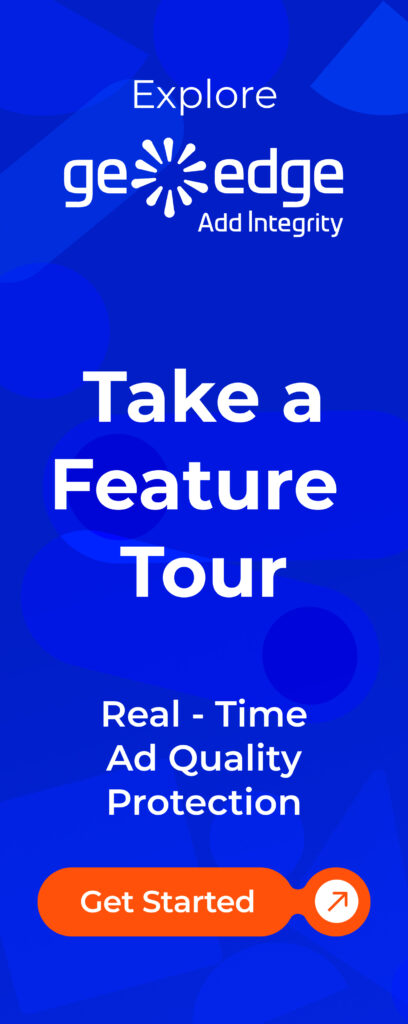Just as neurons pass messages from the brain to the rest of the body, so ad tags are used to convey messages from brands to consumers. If you’ve never heard of an ad tag before and are curious to know what it is and why it is so important, keep reading!
Understanding Ad Tags
Ad tags, also known as placement or creative tags, are essentially snippets of code that are added to a webpage to instruct the ad server to display an advertisement in a specific area. It could be a URL and a piece of JavaScript or HTML code that the web browser will use to request an advert.
Every ad tag contains information about the ad’s category, format, and size. It specifies exactly how it should be presented on this particular web page. To separate the piece of code from the main page script, an ad tag can be inserted into the iFrame wrapper or header.

What Function Do Ad Tags Serve?
In online advertising, the function of an ad tag is to initiate ad requests, tell the web browser to pass them on, and occasionally gather information about visitors who saw that specific ad.
Because ad tags have many applications, we will discuss their purpose for different digital advertising professionals in the section below.
1. Advertisers
Publishers send tags to advertisers, who then employ those tags to lead browsers to ads that meet the publisher’s specifications.
Basic user information like the user’s browser, ISP, location, and more are also included in the tag. Behavior-based targeting is also an option if the information was already given to the DMP.
2. Publishers
To ensure that only pertinent adverts are displayed on their sites and to sell to a variety of advertisers, publishers require ad tags. According to the targeting choices of the advertiser, they can deliver many adverts on a single placement, thanks to ad tags.
Tags reduce problems by laying out precise creative specifications because even a tiny error in the code might cause chaos on the web page. Without ad tags, incorrect ad serving could render content completely illegible.
3. Ad Networks
The entire ad serving process is managed by ad networks, which connect advertisers and publishers. They do this by considering the ad tags they encounter.
What Are the Two Types of Ad Tags?
Ad tags can be classified as either synchronous or asynchronous. We’ll discuss the difference between these two types in the section below.
Synchronous Tags
When a synchronous tag runs, the remainder of the web page content also does. If something should go wrong and the ad tag is refused, this will have a substantial impact on the web page’s load time.
This will negatively impact the user experience because the web page will take a long time or may not load at all.
Asynchronous Tags
Most ad-serving platforms favor publishers who employ asynchronous ad tags primarily for this reason.
The ad tag will enable the advertisement to load independently of the web page’s primary content. This means that the web page will load as usual, even in the event of an issue with the tag, but the advertisement won’t.
By developing a new location for a publisher’s website, an ad network that uses an ad server can automatically generate these tags.
Final Thoughts
Ad tags are the glue that supports digital advertising and makes it possible. They are essentially snippets of HTML or JavaScript code that provide a web page with information about an advert. This includes details, such as the size and position of the ad.
Now that you know what an ad tag is, you can create your own or appreciate them every time you see an advert beautifully displayed on a web page.











